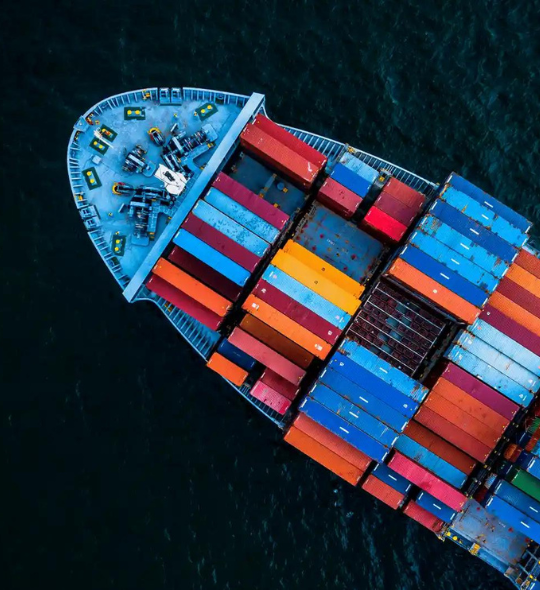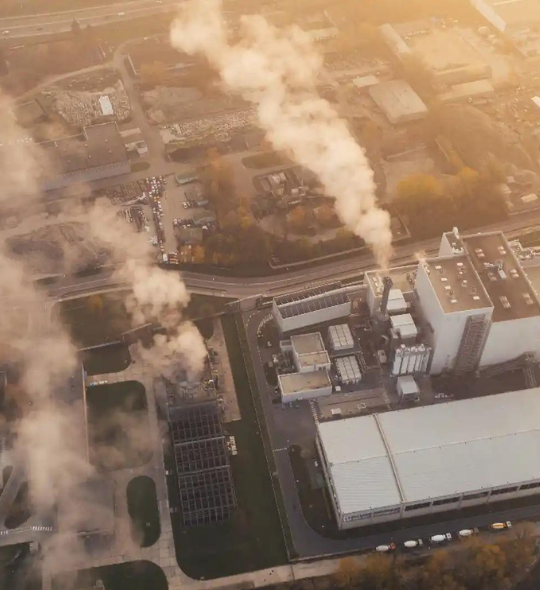
Cutting emissions means having the mettle to green the metal sector, particularly steel and aluminum.
TL;DR
-
Steel and aluminium production is energy intensive, together accounting for 10% of global emissions
-
Carbon pricing is accelerating industry plans to become net-zero by 2050, while international trade in green metals is on the rise
-
Canada is well placed to benefit from de-carbonization of steel and solidify its leading position in aluminum sector due to green energy
Building a future-proof economy not only requires us to build a new energy paradigm, it also means we need to rethink how we produce our most fundamental building materials. Steel and aluminum are two of the most commonly used manufacturing materials, and their production alone accounts for 10% of global emissions (with steel accounting for 7%, and aluminum 3%).
This sizable carbon footprint, the key economic role played by both metals, and growing global demand makes steel and aluminum production a perfect target for emissions reduction. The need for de-carbonization is why countries like Canada have signed on to the Industrial Deep Decarbonization Initiative (IDDI, launched in June 2021) at COP26 to tackle emissions in steel and cement production. Specifically the IDDI calls upon signatories to consider green factors for steel procurement, which is in line with steel industry goals to become net-zero by 2050 (despite a predicted 33% increase in demand by that same date).
The need to move towards clean steel production is glaring, but greener operations are being undercut by cheap exports from dirtier producing regions such as China. Greening trade and carbon pricing could soon change this as more countries look to factor in steel’s carbon footprint in prices, creating enormous opportunities for low-emission steel producers to capitalize on the market. Could this be the start of a steel boom in Canada?
Bilateral trade agreements are another way to support decarbonization, such as the announcement by the US and EU to create a steel and aluminum sector agreement by 2024. This agreement would restrict access for dirty steel and aluminum (i.e., products that do not meet emissions thresholds) while remaining open to other countries wishing to join. This is of particular importance to Canada, given that the US accounted for 89% of Canadian steel exports and 81% of primary aluminum exports in 2019.
Carbon pricing driving metal industry changes
Canada’s carbon pricing timeline (set to reach $170 per tonne of CO2e by 2030) is another important driver for de-carbonization, particularly in the steel sector. Touching on this topic, Canadian Steel Producers Association president and CEO, Catherine Cobden, explains that:
“When you have 16 million tonnes of CO2 emissions per year [from production in Canada] and [a] $170 carbon price coming at you, we know we need to address it. I think for [Canadian steel producers] it’s almost existential. We’re living in a country that has got significant climate objectives and strong regulatory and carbon pricing mechanisms to back these objectives.”
Canadian steel producers are responding to this pressure by investing in emissions reduction technology, notably Algoma Steel which plans a 70% reduction in emissions. A $703 million plan (with $420 million from Ottawa) is in progress to replace coal-fired blast furnaces with electric arc furnaces. Not only will this retrofit slash emissions, it will increase Algoma Steel’s output by more than 50% and make production easier to adjust to market demand. The conversion to electric arc furnaces is expected to be fully completed by 2029.
Similarly, ArcelorMittal Dofasco in Hamilton, Ontario, plans to spend $1.7 billion (with $400 million in federal funding) to phase-out coal-fired steel making in favour of electric. This transition will lead to an annual cut of 3 million tonnes of CO2 — equivalent to removing 1 million cars from the road. While Canada is a minor player in terms of output, the country boasts impressive green credentials, with Canada producing the lowest (or second lowest, depending on production method) emissions per tonne of steel of 15 countries — including major producers like China, Japan, India, Germany, and the USA — according to environmental consultancy, Global Efficiency Intelligence.
How Canada can leverage its aluminum dominance
Canada’s green credentials also extend to aluminum. Canada’s position as the 4th largest producer in the world means its low emission product gives Ottawa a competitive advantage in the green economy. Aluminum production uses massive amounts of electricity, and Canada’s abundance of zero-emission hydro and nuclear power underpins the industry’s presence in the country.
Betting on Canada’s green aluminum, Rio Tinto announced a $110 million investment in the Saguenay-Lac-Saint-Jean region of Quebec in December 2021. While modest, this is thought to be the first investment in new capacity in North America in about a decade following China’s rise to sector dominance. “We’ve got hydro power, and we’ve got the lowest carbon aluminum smelting technology in the world. You put those pieces together and we think that’s something we should invest in,” explains Ivan Vella, chief executive of aluminum at Rio Tinto.
Canada boasts some of the lowest emissions per tonne of aluminum produced anywhere in the world (2 tonnes CO2 / tonne) compared to an industry average of between 10-14 tonnes of CO2 per tonne aluminum.
Already an emissions reduction leader, the Canadian and Quebec governments are funding a joint venture between Alcoa and Rio Tinto in Alma, Quebec to produce carbon-free aluminum. The technology is slated to be ready by 2024, with large-scale production by 2026. This innovation could eliminate 7 million tonnes of CO2 each year, which is equivalent to 1% of Canada’s total national emissions.
“Right now, some of these technologies that the steel [and aluminum] industry needs are not commercially available or they’re commercially available, but they’re not commercialized to a point where they’re readily affordable,” notes Sarah Petrevan, policy director at Clean Energy Canada.
Ground-breaking emissions technology is useless if it can’t actually be implemented due to funding hurdles. Fighting climate change effectively means putting tech in as many hands as possible, and a key way to catalyze the cleantech revolution is making funding as easy as possible.
Many energy users are interested in investing in cleantech but can’t muster the necessary large upfront sums. This limits the types of projects and ROI timelines that they are willing to consider. EnPowered Payments — our on-bill payments platform — lets energy users use future energy savings to pay for cleantech projects today.
Reach out today to see how Payments can help you restart stalled projects, sell more, and help your customers save money.





